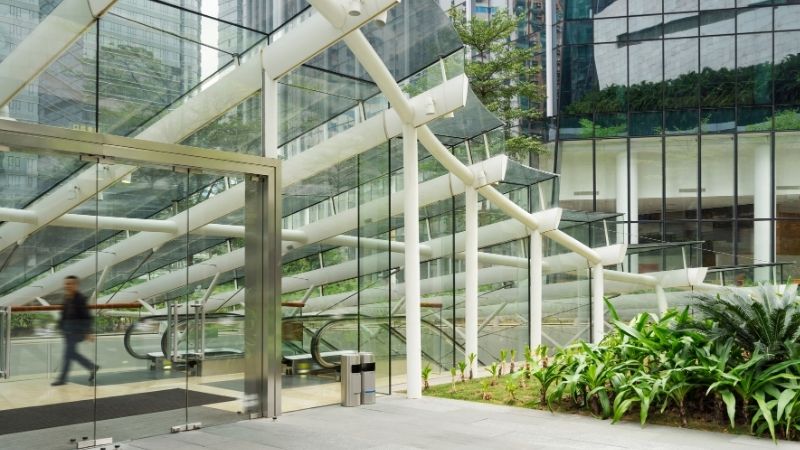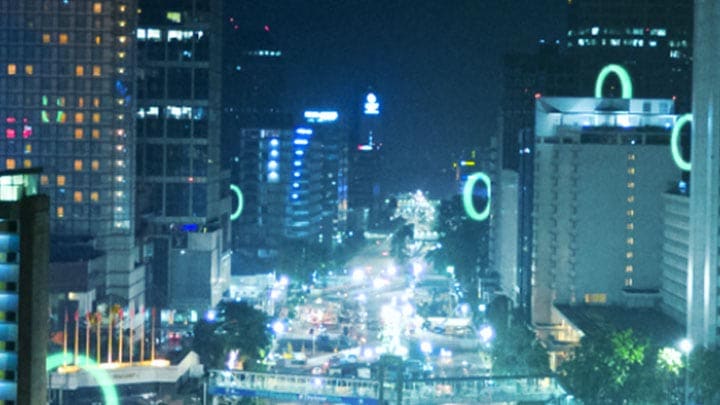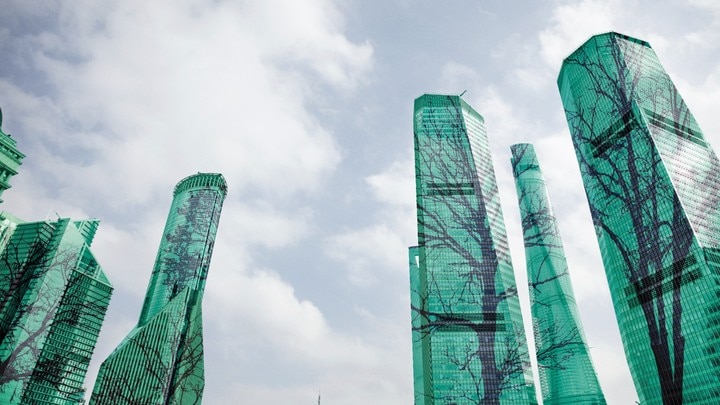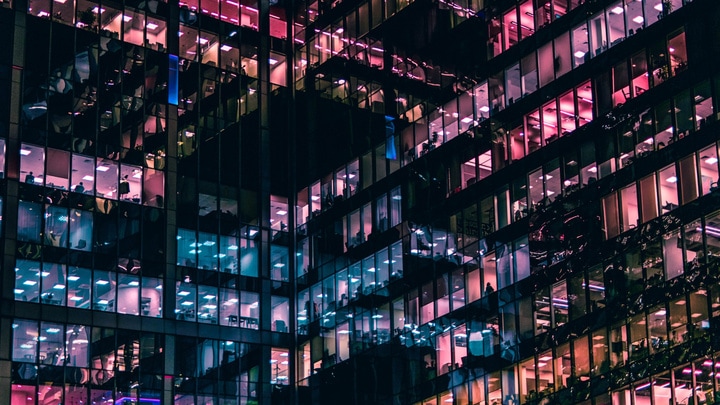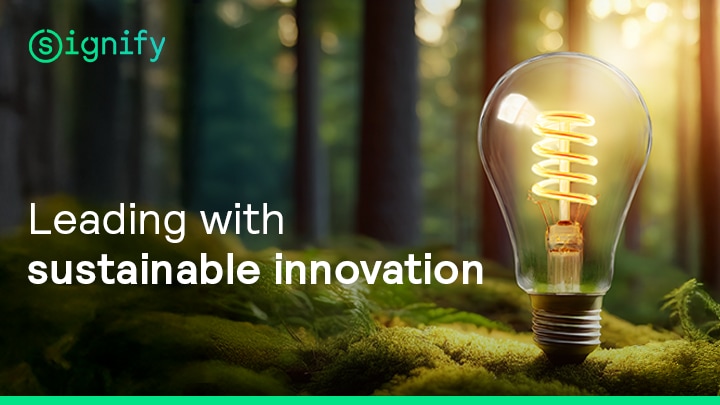March 8, 2021
Saving energy in the office is set to come back up the agenda as the COVID-19 threat starts to ease
Commercial property owners face a challenging period as countries move in and out of lockdown and uncertainty remains high. During this spell, there is an acute need to be able to monitor if and how a building is being used, as well as check building systems for equipment failures. This involves ensuring that machines or lights are not left on unnecessarily, checking that there are no burst pipes or flooding, and monitoring for potential security issues, such as external doors or windows left open.
Ideally this monitoring should be done remotely because it may not be easy or even possible to send a person in to check. As the COVID-19 threat starts to ease, it makes sense to keep the monitoring in place as there could be further periods of lockdown in the coming months and years.
Office owners also face the dual imperative of making their buildings safe for tenants while at the same time as minimizing costs.
As these business decisions play out over the coming months, we also expect sustainability to be another major consideration. Much of this will stem from an energy-saving push to reduce costs, but increasingly staff and investors will encourage companies to make sustainability a top priority.

